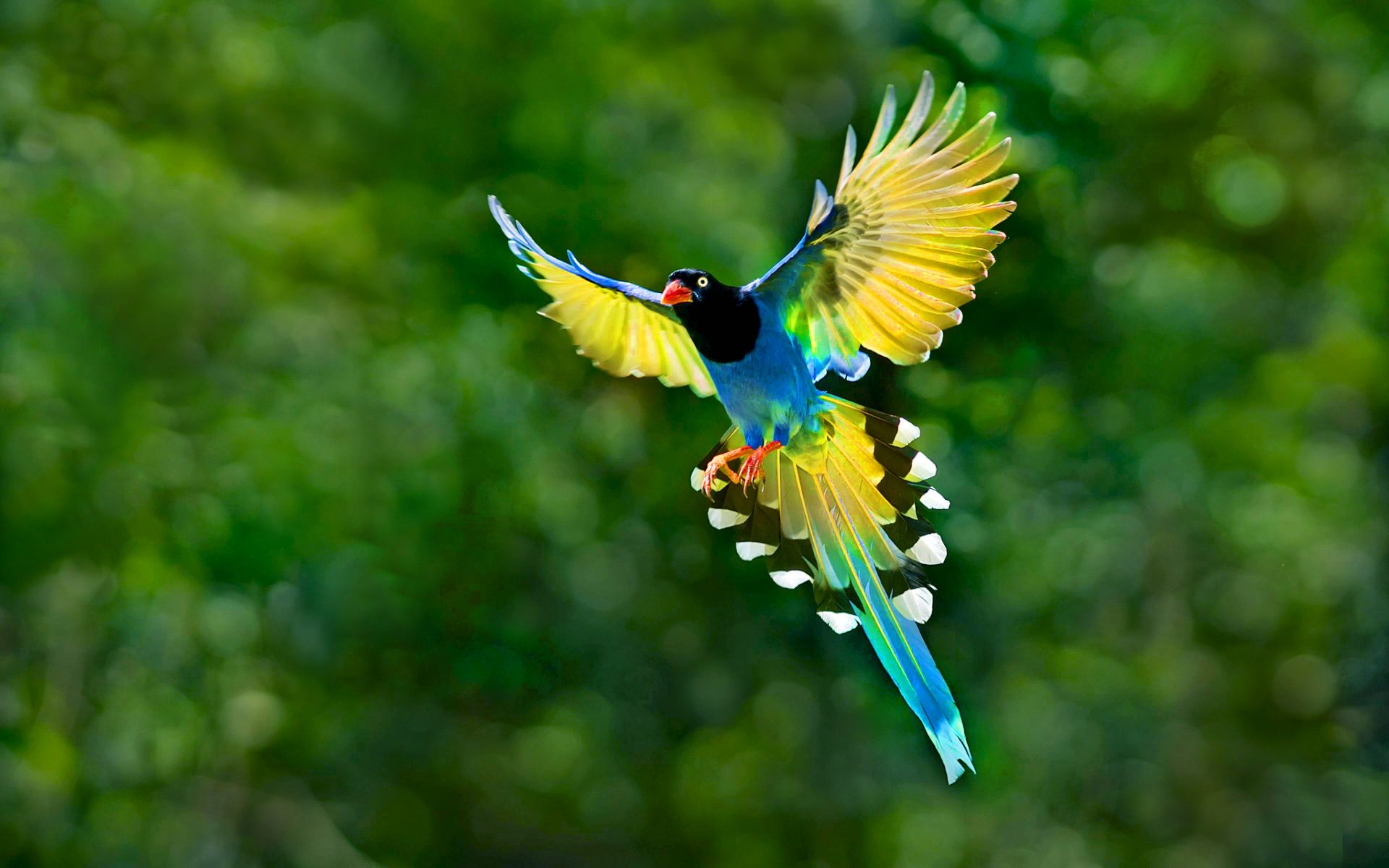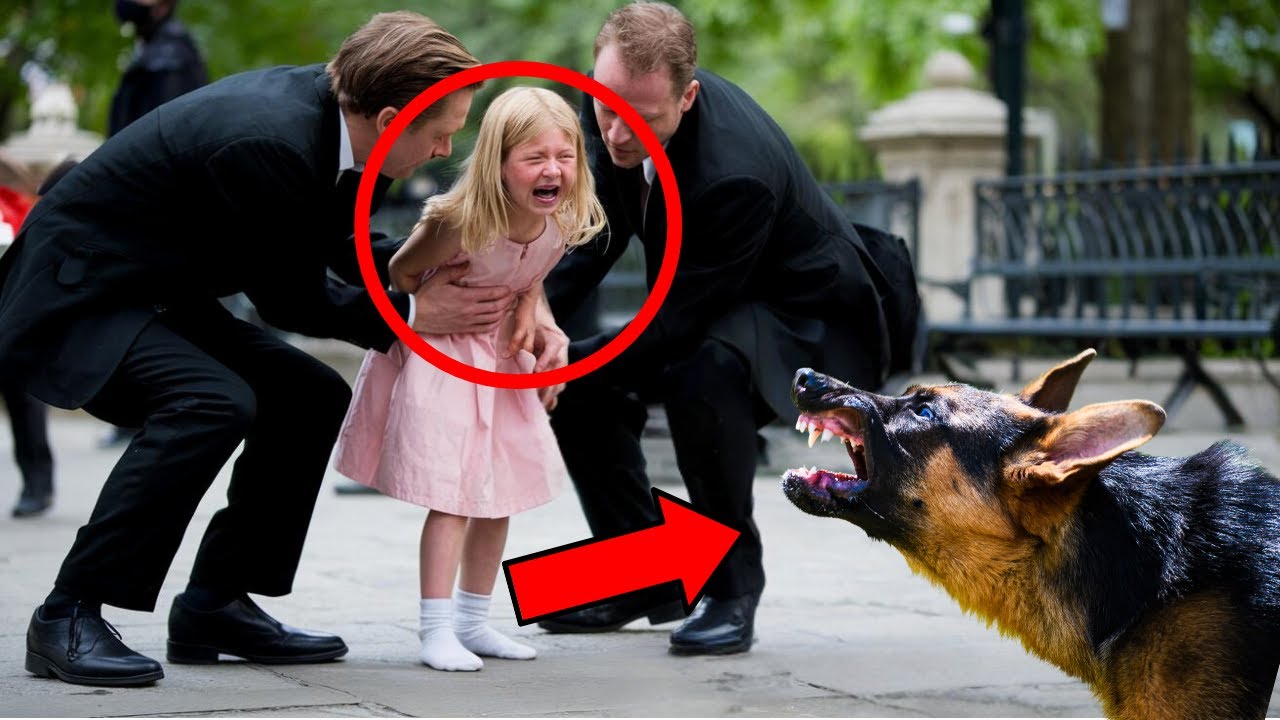
Colorful birds are often considered the most stunning and visually appealing, which makes them highly sought-after and valuable to humans. However, this also means that they are at risk of becoming endangered due to their desirability in the global pet trade. Although some of these birds are used as symbols for famous brands and conservation efforts, they are still unfortunately targeted for ownership. In a recent study published in Current Biology, researchers have examined the correlation between commercially desirable birds and their coloration by analyzing data on the international trade of songbirds. The study used unique color metrics to assess the aesthetics of different taxonomic groups of birds worldwide and discovered that the exploitation of songbirds for trade is strongly connected to their colorful appearance.


A recent study using the Songbirds in Trade Database revealed that around 30% of perching birds, including songbirds, are impacted by the pet trade. The database also showed that nearly 3,000 bird species are traded as pets or products globally, with beauty and aesthetic features like color, pattern, shape, and texture driving most of the trade. Researchers found that certain groups of related bird species, such as birds-of-paradise and weavers, were more likely to be traded, possibly because these groups contain more colorful species.

The scientists utilized two innovative methods to evaluate bird colors. Firstly, they recorded the plumage colors found in six different areas of a bird’s body to determine the diversity of a bird’s coloration. Secondly, they assessed the uniqueness of a bird’s colors. The results revealed that the tropics are the central hub of bird color, with the most diverse and unique collections of songbirds, accounting for 91 percent and 65 percent of the global total, respectively. Moreover, they reported that the pet trade specifically targeted groups of related birds with distinct color signatures; species with more unique coloration were more likely to be traded as pets and classified as endangered. Colorful bird species fetched higher prices than less colorful species when traded. “We were astonished by the strength of the latitudinal gradient in color; even when considering the greater number of species in the tropics, the diversity of color in the tropics exceeds all other regions,” Senior commented.

The risk of bird trading goes beyond the obvious danger to birds with striking colors. The research has found that even pure white birds, like the endangered Bali myna, are at risk due to their desirability. Understanding what motivates bird trading is essential to identify at-risk species and provide more proactive protection. The loss of colorful bird species also erodes aesthetic value, which can impact conservation efforts. As more colorful birds are traded, their populations will decrease and trade will shift to other similarly desirable species. This puts approximately 500 additional passerine species at risk of being traded in the future. Protecting nature’s aesthetic value through conservation programs in hotspots of biodiversity like tropical forests of South America, Africa, and Indonesia is essential for the conservation of all threatened species. Future research should explore the role of color in the trade of other animals and plants and regional variation in patterns of trade among birds.





